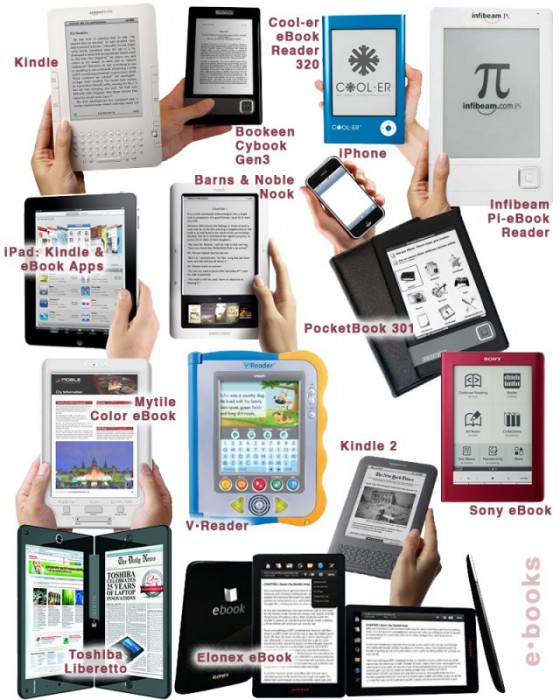
The Road to Hell is Paved with Good Intentions. This year, the Metropolitan Transpiration Commission introduced the new Clipper Smart Card. Public transit riders all over the Bay Area can now use a convent piece of plastic to pay for their BART trains, buses, MUNIs, etc. Just swipe the Clipper Card past one of the little readers, and the gates open to let you in and out of the station or pay for the bus. The cards could be purchased in stores and vending machines all over the area—$2 cards are the minimum value cards. More money can be easily added to these cards at all BART train stations. The designers of Clipper Card envisioned happy riders and happy transpiration authority. “We’ll make it easy,” the designers said. “Easy to use, easy to fill up. And if the passengers accidently run out of money on their cards, we’ll allow them some small negative balance so they can leave the train station and pay for their rides later.” In the Bay Area, the cost of public transportation is pretty high and it’s highly dependent on how far you want to go: travel from City Hall to Airport, pay $8.10 for a…


